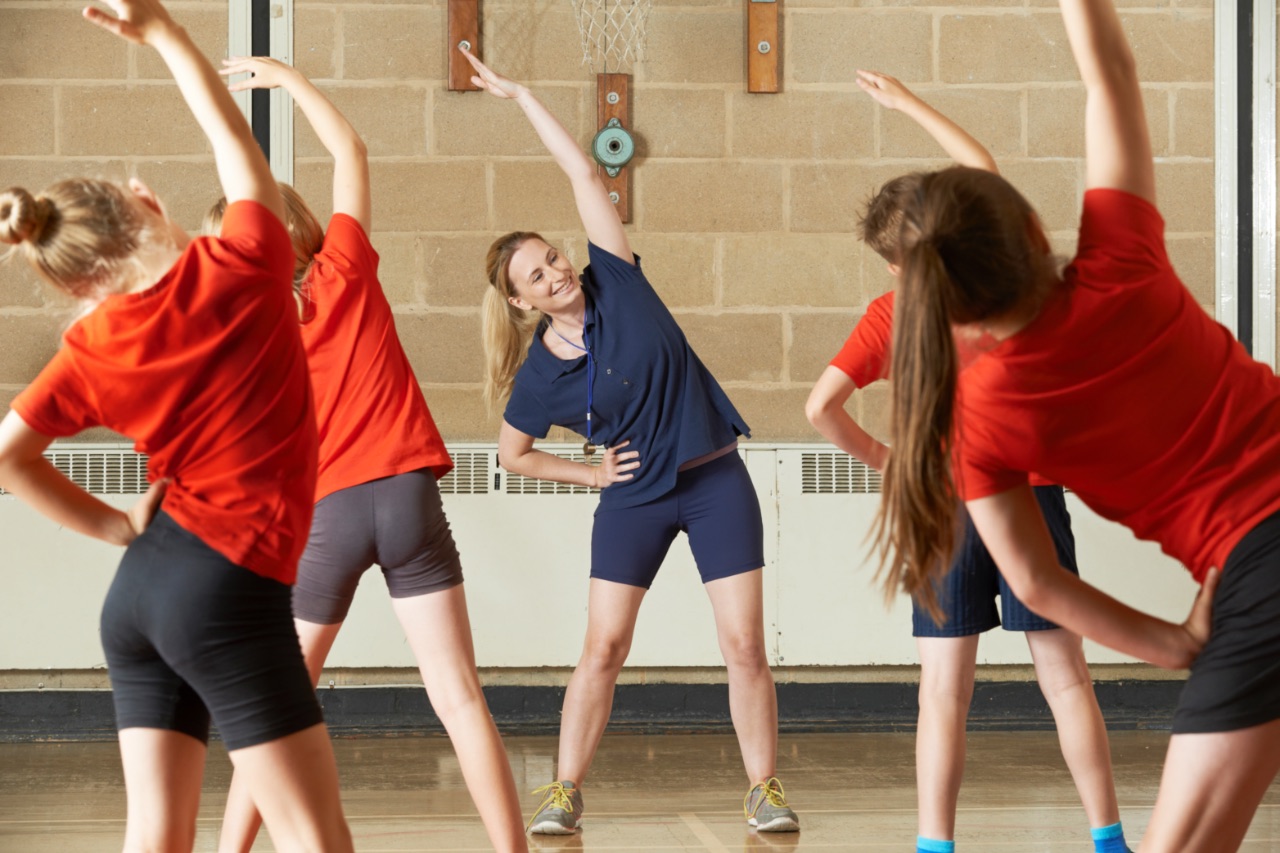
What exactly is physical activity?
Physical activity is defined by WHO as any bodily movement produced by skeletal muscles that involve energy expenditure. Physical activity encompasses all movement, whether for recreation, transportation to and from places or as part of a person’s job. Physical activity of both moderate and vigorous intensity benefits health.
Walking, cycling, wheeling, sports, active recreation, and play are all popular activities to be active that may be done at any skill level and by everyone.
Regular physical activity has been shown to aid in the prevention and management of non-communicable diseases such as heart disease, stroke, diabetes, and a variety of malignancies. It also aids in the prevention of hypertension, the maintenance of healthy body weight, and the enhancement of mental health, quality of life, and well-being.
How much physical activity is advised?
WHO standards and recommendations outline how much physical exercise is required for optimum health for various age groups and population groups.
For children under the age of five, the WHO recommends:
Infants (those under the age of one year) should:
be physically active multiple times a day in a variety of ways, including interactive floor-based play; more is preferable. This involves at least 30 minutes in the prone position (tummy time) spaced throughout the day while awake for individuals who are not yet mobile.
not be restricted for more than one hour at a time (e.g., in prams/strollers, high chairs, or fastened to the back of a carer);
Screen time is not advised.
When sedentary, reading and storytelling with a carer is encouraged, as is getting 14-17 hours (0-3 months) or 12-16 hours (4-11 months) of good quality sleep, including naps.
Children aged 1-2 years should do the following during 24 hours:
Spend at least 180 minutes per day in a mix of physical activities of varying intensity, including moderate- to vigorous-intensity physical exercise; more is better.
Not be restricted for more than one hour at a time (e.g., in prams/strollers, high chairs, or strapped to a caregiver’s back) or sit for long periods.
Sedentary screen time (such as watching TV or videos or playing computer games) is not suggested for 1-year-olds.
Sedentary screen time for children under the age of two should be limited to one hour; less is better.
When sedentary, reading and storytelling with a carer is encouraged, as is getting 11-14 hours of good quality sleep, including naps.
Children 3-4 years old should do the following during 24 hours:
Spend at least 180 minutes per day in a variety of physical activities of varying intensity, with at least 60 minutes of moderate- to vigorous-level physical exercise; more is better.
Not be restricted for more than one hour at a time (e.g., in prams/strollers) or sit for long periods.
Sedentary screen time should be limited to no more than one hour; less is more.
When sedentary, engage in reading and storytelling with a carer; and get 10-13 hours of good quality sleep, which may include a nap, with regular sleep and wake-up times.
World Health Organisation has more information. Physical exercise, sedentary behavior, and sleep guidelines for children under 5 years.
5 to 17-year-old children and adolescents
should engage in at least 60 minutes each day of moderate-to-vigorous level, predominantly aerobic physical exercise throughout the week.
At least three days each week, integrate vigorous-intensity aerobic activities as well as those that improve muscle and bone.
should reduce the amount of time spent sedentary, particularly screen time for recreation.
Adults aged 18-64 years should engage in at least 150-300 minutes of moderate-intensity aerobic physical activity; or at least 75-150 minutes of vigorous-intensity aerobic physical activity; or an equivalent combination of moderate- and vigorous-intensity activity throughout the week. They should also engage in muscle-strengthening activities involving all major muscle groups on two or more days per week, as these provide additional health benefits.
For extra health advantages, increase moderate-intensity aerobic physical activity to more than 300 minutes; or undertake more than 150 minutes of vigorous-intensity aerobic physical activity; or an equivalent combination of moderate- and vigorous-intensity activity throughout the week.
should limit the quantity of time spent sitting. To help reduce the negative effects of high levels of sedentary behavior on health, all adults and older adults should aim to do more than the recommended levels of moderate- to vigorous-intensity physical activity.
Adults aged 65 and up
As with adults, older adults should engage in varied multicomponent physical activity that emphasizes functional balance and strength training at the moderate or greater intensity on three or more days per week to improve functional capacity and prevent falls.
Women who are pregnant or have recently given birth.
Without exception, all pregnant and postpartum women should:
Do at least 150 minutes of moderate-intensity aerobic physical activity per week, incorporating a variety of aerobic and muscle-strengthening activities, and limit sedentary time. Replacing inactive time with any level (including light intensity) of physical activity gives health advantages.
People with chronic illnesses (hypertension, type 2 diabetes, HIV/AIDS, cancer survivors)
should engage in at least 150-300 minutes of moderate-intensity aerobic physical activity; or at least 75-150 minutes of vigorous-intensity aerobic physical activity; or an equivalent combination of moderate- and vigorous-intensity activity throughout the week; and should engage in muscle-strengthening.
